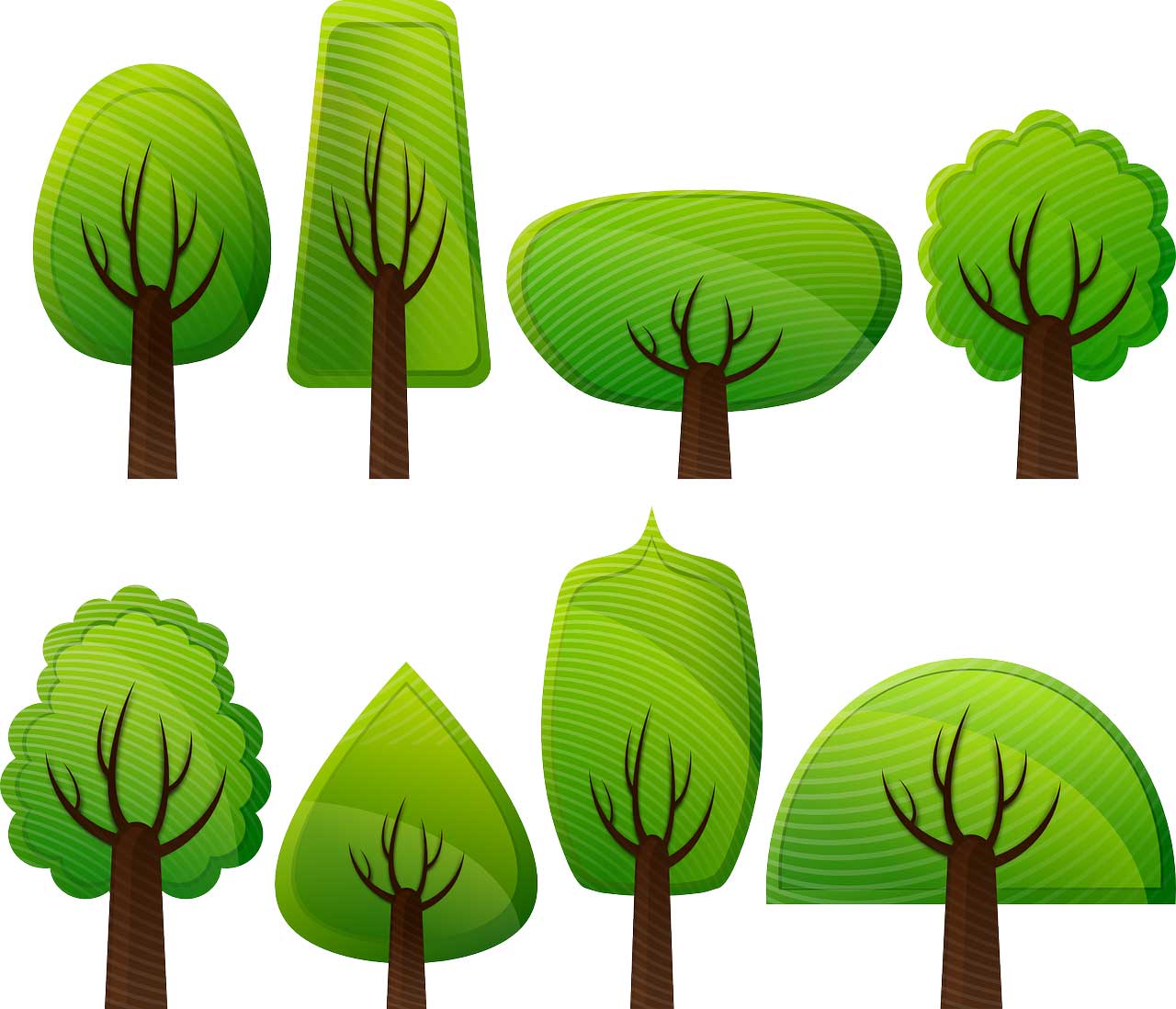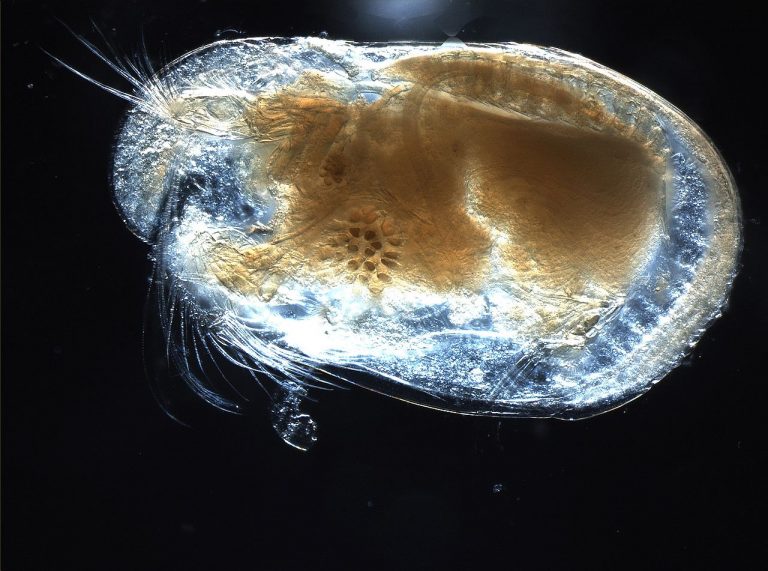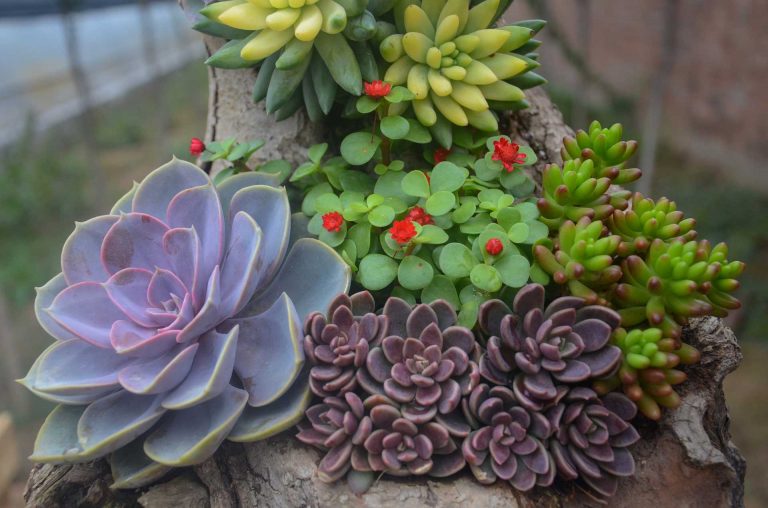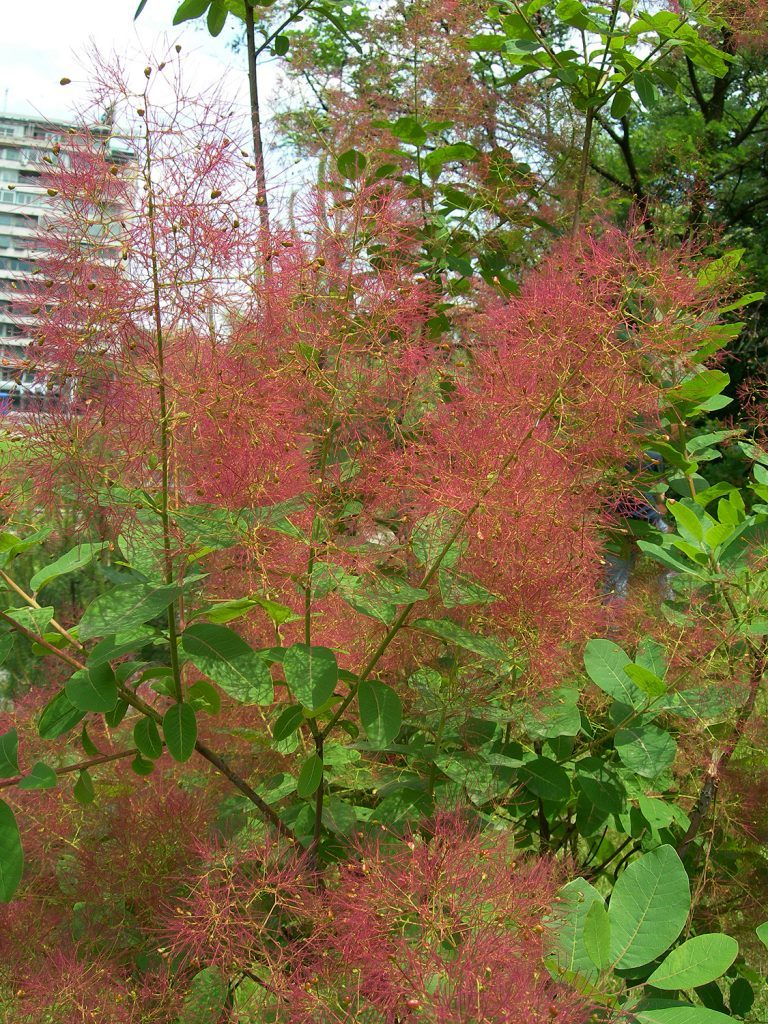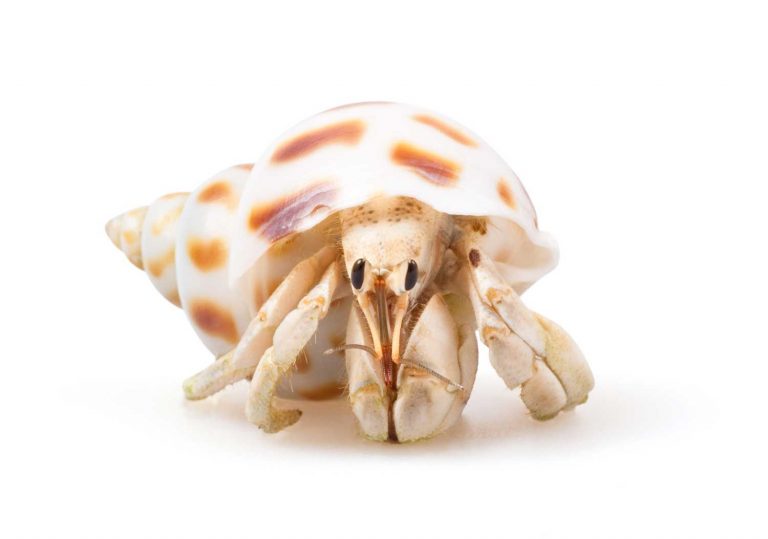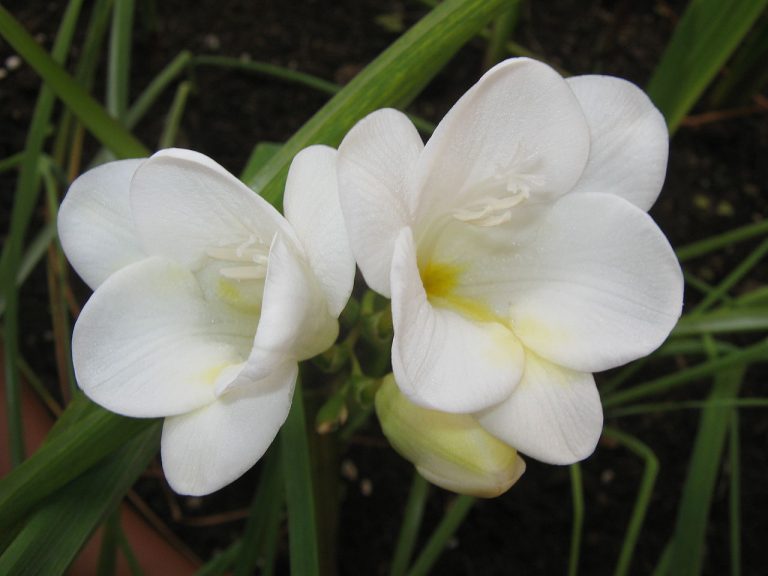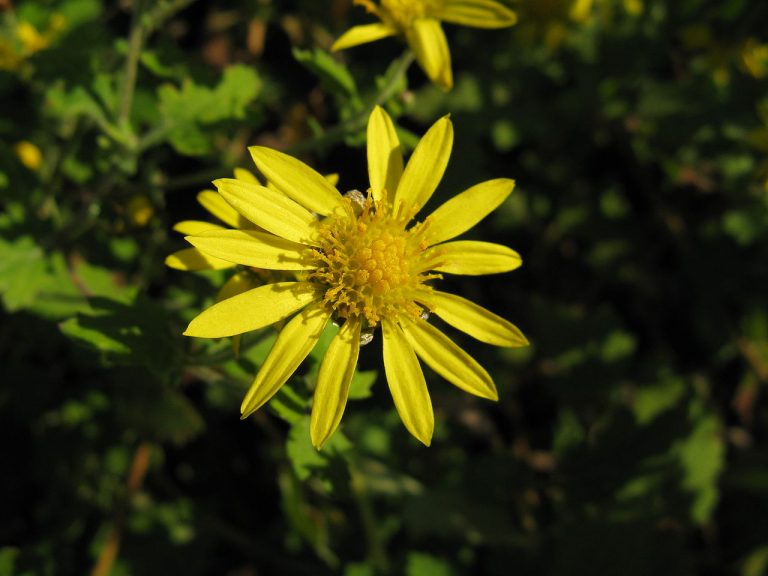Types of Trees
Many varieties or types of trees of varying sizes and shapes confront us all over the earth from an ecosystem that accommodates more than 140,000 varieties of animals and microorganisms. In the language of science, trees play an important part in the life of human beings as well as the environment. As such, it is imperative that we plant and conserve many types of trees in order to sustain their count and protect the ecosystem and the environment. The trees are categorized into two, i.e., coniferous types and deciduous types of trees.
Trees have life; they have branches, leaves, wooden trunks and roots. Certain trees possess flowers or fruits and are tall as well.
Trees are graded based on their characteristics and features. According to the structure of the leaves, they are graded as non green and green. Certain tree leaves are colored green and in certain seasons, they become dry, whereas other tree leaves are evergreen. Given below is the list of varieties of trees:
We categorize trees in different ways; even then the main two classifications are:
Deciduous Trees
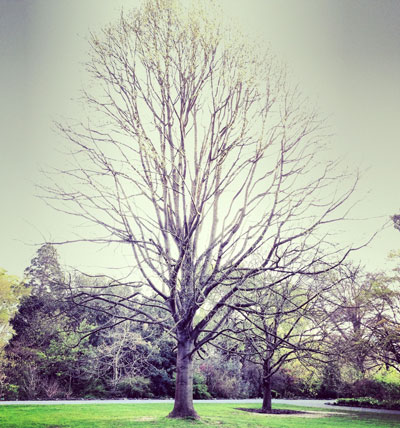
Photo by: Kundan Ramisetti
Deciduous trees are one classification; these trees drop down their foliage in order to adapt themselves to the dry and cold weather conditions. These classes of trees grow very tall; quickly and also have a long life. This class of trees is subdivided into four categories according to the placing of their leaves and their varieties. They are popularly used to landscape and also to make corks for bottles. The Illustrations are the poplar, oak, maple as well as the ash trees. These trees are mainly seen in the zones of the sub-tropics, tropics or in the temperate regions. Nevertheless the evergreen trees are chiefly seen in the regions around the equator.
You can purchase these trees from the nurseries; they are available in three types. These types are grown in containers initially. The trees are further transferred and planted according to their use and type. Their use comprises of:
- Landscaping in parks, streets and also homes.
- Breaking or shielding from the wind in places where the harsh winds blow
- Construction, building and making furniture.
- fencing for privacy.
- Medicinal and natural remedial use.
- Use as charcoal and firewood.
- Recreational uses
- Obtaining fruits from the ones that bear fruits.
Broad-leaf Trees
The leaves of these trees are broad; therefore they are occasionally termed as broad leaf trees. When compared to the coniferous trees, their leaves are broader, bigger and round in shape. As they grow, the leaves spread out. During the autumn season, the leaves of the deciduous trees are liable to drop. Since the leaves are bigger in size, their surface area too becomes greater for photosynthesis, whereby the leaves are unable to withstand the climatic changes. The majority of these types of trees are of the hardwood variety. It is for the sake of their costly timber that these trees are mainly grown.
Some of the Well Known Deciduous Trees
Flowering Trees (Deciduous)
These are trees which bring out the flowers that generate a pleasant scenery with their colorful blooms.
Oak Trees (Deciduous)
The wood of these types of trees is hard, and the flowers are formed in bunches. Generally they are recognized by their fruit called acorn. They thrive on mountain slopes in the low lands of the high ranges or in wet regions. They produce flowers in spring, detaching large quantities of pollen grains in the wind.
Ash Trees (Deciduous)
Ash trees: These types of trees grow at the beginning of spring; they are in general, prized for their timber and are of various types. They bear solitary fruits named Samaras; their petals are long with sweet gum. Within duration of ten years, these trees die, and the scientists have not yet not succeeded in finding out an enduring solution to this.They are also investigating the possibility of life threatening fungus infestation.
Big Trees
These types of trees grow to heights of 40 feet and give protection or refuge. This comprises of the oak, sweet gum and many more.
Willow Trees (Deciduous)
Willow trees: These trees flourish in moist places like on the banks of rivers. Their leaves are used for decoration and also as food for wild animals. Besides, the wood of this tree is used for several needs. The flowers are of male and female varieties, deficient in petals and sepals.
Shade Trees (Deciduous)
Shade trees: They are believed to give shelter and shield from the direct sunlight. They spread their branches with large leaves without gaps thus shielding the sunlight and providing sufficient shade.
Olive Trees (Deciduous)
Olive trees: These are famous for their wood and sweet fruits. Their flowers are white in color and the fruit is tiny and green in color. When it is ripe, the color turns purple or blue. This fruit contains an acid; so prior to eating this fruit; it is suggested to wash it well. The oil extracted from this fruit supplements fat.
Acer Palmatum
The Japanese maple, otherwise known as Acer platinum is a deciduous variety of tree, wide spread in the Southern and Northern regions of Korea, Southern east regions of Russia, Japan and the Eastern regions of Mongolia. The height to which this tree grows is 30 ft and at times, even up to 50 ft. The majority of leaves are seen with many lobes, having border showing twin serrations.
Chinese Cedar
The Chinese Cedar is still a different amazing deciduous kind of tree. The leaves of this tree are light pink at the beginning stage and later on change to a creamy color, lastly it becomes dark green. This Chinese Cedar is slim and grows straight up to a height of around 8 m.
Dogwood Trees
Dogwood Trees are from the Cornus genus, they are either shrubs or a deciduous variety. This is identified by many, by its flowers, berries and the type of bark. A few of these are evergreen and cultivated for the purpose of horticulture; there are several ultimate uses of this tree
European Beech
European beech or Fagus Sylvatica or just beech, is from the Fagaceae beech family and of a deciduous group of trees. This is a tall variety, which grows to a height of approximately 100 ft. The diameter of the trunk is around 4, 9 feet (1,5m). We come across these trees stretching from the northern regions of Sicily in Italy to the southern portions of Sweden, Southern parts of England, North Portugal, France, Central regions of Spain, and to the northwestern regions of Turkey, Crepe Myrtle (Langerstroemia)
This Crepe Myrtle tree favors hot weather conditions, and is an alternate for the Japanese Maple Tree. This variety is an eye-catching specimen having crepe type flowers in bunches of colors- red, pink, purple, mauve and white. On account of this coloration, the foliage appears variegated. The peculiarity of this tree is that it sheds its bark in winter.
Golden Chain Tree
The Golden Chain Tree or Laburnum Vossil are deciduous variety of trees that grow 16 ft tall. During spring, it exhibits its gorgeous green colored leaves that racemes flowers of yellow color and of a long variety.
Magnolia
These types of deciduous plants are either in the form of trees or in the form of blossoming shrubs. During winter, it brings out its beauty and at spring, it enhances its beauty. At this time the branches that are naked begin to bloom cluster of flowers.
Baldcypress is in reality a deciduous one having the characteristics of a coniferous tree. This tree grows to a great height; its bark is colored brown with a tint of either red or grey. The deciduous branches of the tree are oriented in a spiral manner, having leaves of needle shape on the stems. Similar to other deciduous trees, this one too sheds off its leaves in winter, because of which it is named “bald”
Question
Do coniferous trees resemble evergreen trees? The majority of the coniferous trees are evergreen trees; however, certain deciduous trees are also evergreen trees. Throughout the year the evergreen trees retain their leaves and drop them slowly. But, a few deciduous trees from the southern areas having broad and flat leaves retain them the whole year round. Therefore, that is it! The majority of the coniferous and a few deciduous trees are evergreen trees.
Coniferous Trees
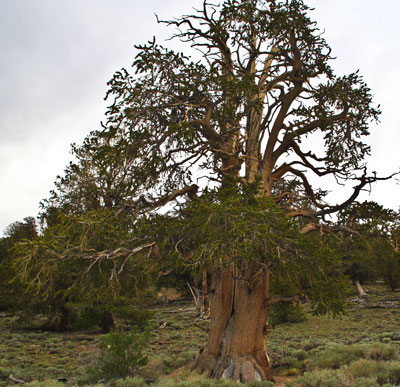
Photo by: Gus Tonsay
Evergreens is an alternate name for coniferous trees, they preserve their leaves evergreen throughout the year. Among the existing varieties that exceed 600, coniferous are known as the tallest and age old trees. These coniferous trees are subdivided into two, one tree having spiny needle shaped leaves and the others of fir, Pine and Hemlock varieties, all with broad leaves. Generally these trees take the shape of a large canopy, averting plants of small size from growing under their shade.
It is declared that Bristlecone pine is the primeval of all the coniferous trees ; they survive up to 5000 years. The Coast Redwood is taller than all the others with a height of 100 m. The two coniferous trees grow in California. Varieties of items are produced from the wood of the coniferous tree; they are paper, anticancer medicines, furniture and so on. They are also taken for lumbering.
On account of their vast use, they are misused by many; deforestation as well as devastation of the homes of myriad animals are some of the other reasons.
Range
Initially these coniferous trees are spread all over the northern regions of the hemisphere, endemic to the Arctic Circle, they thrive in vast areas. Besides, we come across these trees in Europe, Africa, America and Asia. It is also possible for you to find tropical types.
These coniferous trees do not shed their leaves every year, they are evergreen throughout. Most of these are soft wood trees tolerate all kinds of weather, and they are robust.
Coniferous trees are not that much in demand as the deciduous ones; this does not mean that they have inferior timber. Following are the different kinds of these trees:
Main Coniferous Trees
Christmas Trees (Coniferous)
Christmas Trees existed prior to the 17th century. According to a myth, Martin Luther, on his journey along the forest, discovered this Christmas tree. In addition to this, in the year 1841, Prince Albert of England presented t a Christmas tree as a gift to Queen Victoria and later this was practiced all over the world. People decorate this Christmas tree with diverse embellishments.
Cedar Trees
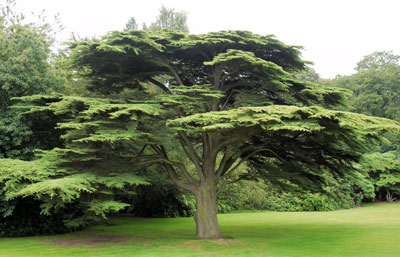
Photo by: Smabs Sputzer
Cedrus (the general name is Cedar), belongs to the family of plants of the coniferous tree genus. They are inhabitants of the Mediterranean region and the Western Himalayan Mountains. They grow in the Himalayas at altitudes ranging from 1,500 m to 3,200 m and in the Mediterranean regions to heights of 1,000 to 2,200m.
The heights to which Cedrus trees grow is from 30 to 40 m (infrequently 60m). The wood is spicy, resinous and perfumed. The bark has broad ridges with square shaped cracks; the branches are level and broad. The tree has long and dimorphic shoots. This makes up the structure of the branches and the shoots that hold the majority of the leaves. The evergreen leaves grow 8 to 60mm long like needles.
Fir Trees
Fir, otherwise named Abies, comprises of 48 to 55 varieties of evergreen coniferous trees and belongs to the Pinaceae family. One sees them in most of the places of Central and North America, Asia, Europe and North Africa. They grow all over the mountainous regions. Firs are closely associated with the Cedrus (cedar) genus. Douglas firs of the Pseudotsuga are not real firs.
The indigenous varieties grow as tall as 10 to 18 m (30 to 60 ft.) and to a diameter of (0.5 to 4 m) 2 to 12 ft or 0.5 to 4 m. When fully developed, firs are differentiated from their relatives in the pine family, by their special connection of the leaves of needle shape and because of the dissimilar cones
Hemlock
The Japanese tree called Tsuga Sieboldii belongs to the coniferous genus of the pine family Pinaceae.Tsuga derived its name hemlock by identifying the scent resembling the compacted leaves of this tree, which has no similarity to the hemlock plant poison. Tsuga is not poisonous like the hemlock.
These trees that grow to heights of 10 to 60m (33 to 197 ft.) are average sized evergreen trees, In a few Asian plants, the crown is regular, otherwise, it is conical. The top shoots normally are normally drooped. It has a wrinkled bark, dark grey or dark brown in color.
Eastern hemlock relates to Sugar Maple Red Spruce of the Northern Forest provinces, the White Pine and Yellow Birch. in the Southern and Central forest areas along with Red Oak, Fraser Fir, Red Maple, yellow poplar and Beech.
Oregon and Western Washington and the adjacent redwood forests of the coasts of the northern California comprise the Western hemlock.
Larch Trees
Larches belong to the Pinaceae family; they are of the genus Larix s and are conifers. They grow to heights of 20 to 45 m. They are inhabitants of the northern hemisphere where the temperature is very cool, in places like high southern mountains and the low lying lands of the North. Larches belong to the leading plants dominating the huge boreal forests of Scandinavia, Russia and Canada.
Even though Larch is a conifer, it displays its deciduous features by shedding its leaves during autumn. The dimorphic shoots separate into long shoots of length 10 to 15 cm and possess many buds.
Pine Trees
Pines belong to the Pinaceae family of the Pinus genus and they are conifers. In the subordinate group, they are the lone genus.
Pines are coniferous and resinous evergreen trees (or infrequently grow as shrubs), they grow to heights of 3 to 80 m, and most of them attain heights up to 15 -45 m. The tallest is the ponderosa Pine tree which grows to a height of 268.35 ft (82 to 79 m) and the smallest are the Potosi Pinyon and the Siberian dwarf pine. The tall trees are situated in the south of Oregon’s Rogue River- Siskiyou National Forest. The majority of the barks are scaly and thick, however the bark of certain varieties, display a thin and flaky appearance.
Redwood Trees
Sequoioideae (redwoods) is a subordinate member in the Cupressaeeae family having 3 genera.
They are: the Sequoia, Sequoiadendron hailing from U.S.A, California and Oregon and the Metasequoia from China. The biggest and tallest of the world trees are those of the redwood varieties; they survive up to thousands of years. This species is in extinction, on account of the loss of their habitat from fire ecology, air pollution, logging and suppression.
The huge trees that are said to exist are the Sequoiadendron and the Sequoia trees. The much smaller variety that still exists is the Metasequoia Glyptostroboides.
The Stratosphere Giant
The Coast redwood, botanically named Sequoia Semprevirens is the towering tree of the world. It reaches a height of 112.1 meters (367.8 ft). In 1963, The National Geographic Society found out a redwood tree on the banks of Redwood Creek which they labeled as the tallest tree. This is the Stratosphere Giant. But this tree which used to reign as the tallest tree had to abdicate its place to three other competitors.
Similar to this gigantic 370 footer, the other trees too are the coast redwood. During this summer these trees were found out by a group of investigators from the state of California who were criss crossing the Coastal forests of the Northern areas to explore trees that are taller, during their leisure.
Spruce Trees
The spruce tree belongs to the Picea genus from the 35 various varieties of the evergreen coniferous type of trees that belong to the group of Pinaceae. We come across them in the boreal regions, also called taiga as well as the temperate regions of the world. Spruce trees are large varieties that grow as tall as 20 to 60 meters (66 to 197 feet) when they are mature. These trees are identified by their conical formation and swirling branches. Their leaves that are needle like are affixed individually to their branches in twirling style on tiny framed pegs namely apulvinus. They shed the needles at 4 to 10 years.

Having discovered a fondness for insects while pursuing her degree in Biology, Randi Jones was quite bugged to know that people usually dismissed these little creatures as “creepy-crawlies”.

